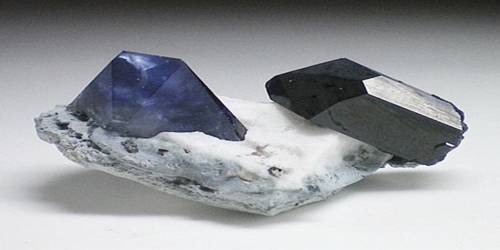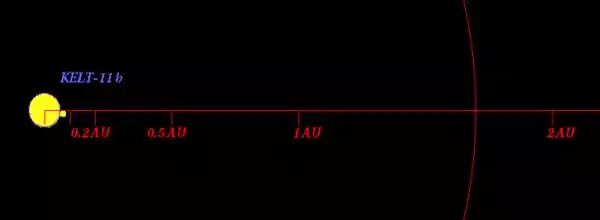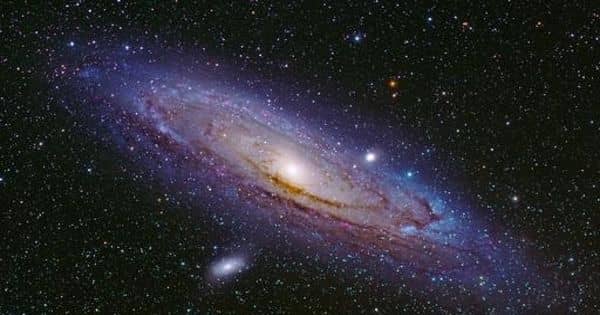Zirsilite-(Ce) is a very rare mineral of the eudialyte group, with formula (Na,[])12(Ce, Na)3 Ca6 Mn3Zr3NbSi(Si9O27)2(Si3O9)2O(OH)3(CO3)•H2O. The original formula was extended to show the presence of cyclic silicate groups and the presence of silicon at the M4 site, according to the nomenclature of the eudialyte group.according to the nomenclature of eudialyte group.
General Information
- Category: Cyclosilicate
- Formula: (Na,[])12(Ce, Na)3 Ca6 Mn3Zr3NbSi(Si9O27)2(Si3O9)2O(OH)3(CO3)•H2O
- Crystal system: Trigonal
- Crystal class: Ditrigonal pyramidal (3m)

Properties
Zirsilite-(Ce) differs from carbokentbrooksite in cerium-dominance over sodium only. Both minerals are intimately associated. The only other currently known representative of the eudialyte group having rare earth elements (in particular cerium, as suggested by the “-Ce)” Levinson suffix in the name) in dominance is johnsenite-(Ce).
- Color: Creamy white
- Crystal habit: rhombohedra (rims of zoned crystals)
- Fracture: Conchoidal
- Tenacity: Brittle
- Mohs scale hardness: 5
- Luster: Vitreous
- Streak: White
- Diaphaneity: Transparent
- Density: 3.15 (measured)
- Optical properties: Uniaxial (-)
Occurrence and association
Zirsilite-(Ce) and carbokentbrooksite occur in pegmatites of Darai-Pioz alkaline massif, Tajikistan – a locality known for many rare minerals. They are found as replacements of grains and crystals of eudialyte. The minerals are associated with aegirine, ekanite, microcline, polylithionite, quartz, Stillwellite-(Ce) (silicates), pyrochlore-group mineral, fluorite, calcite, and Galena.
Information Source:
















